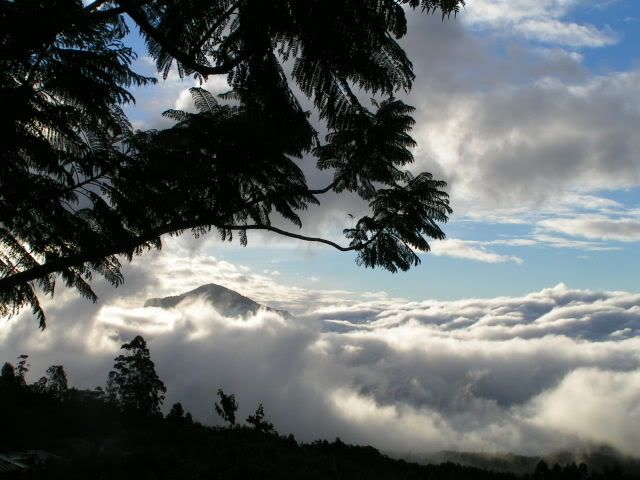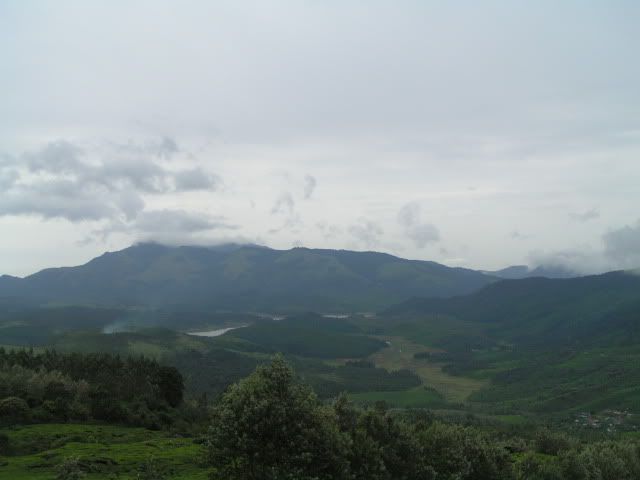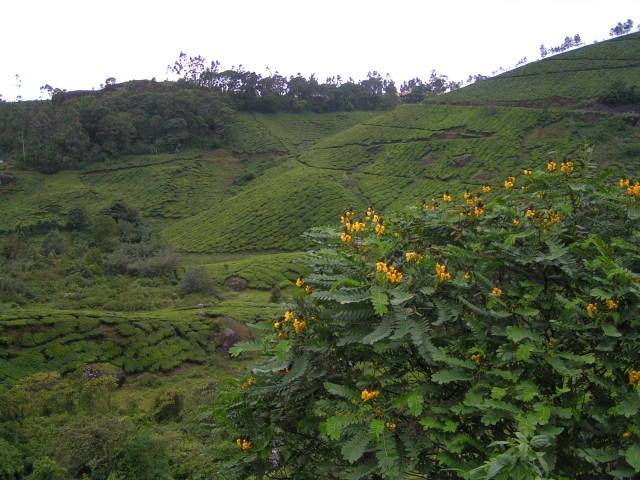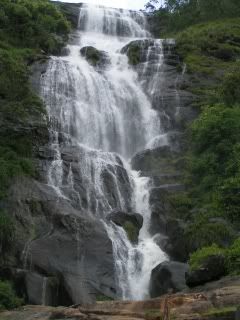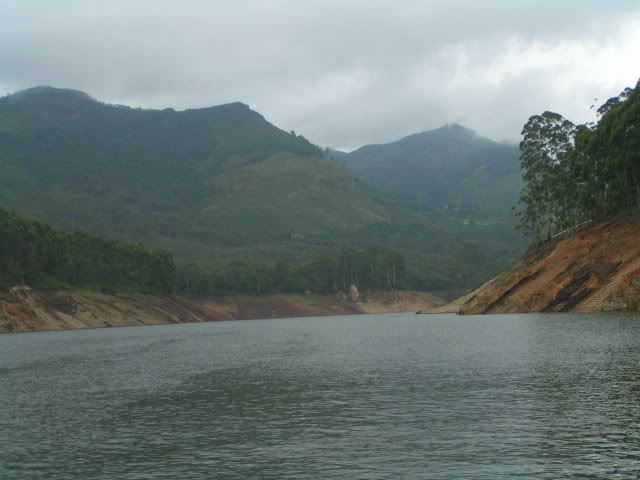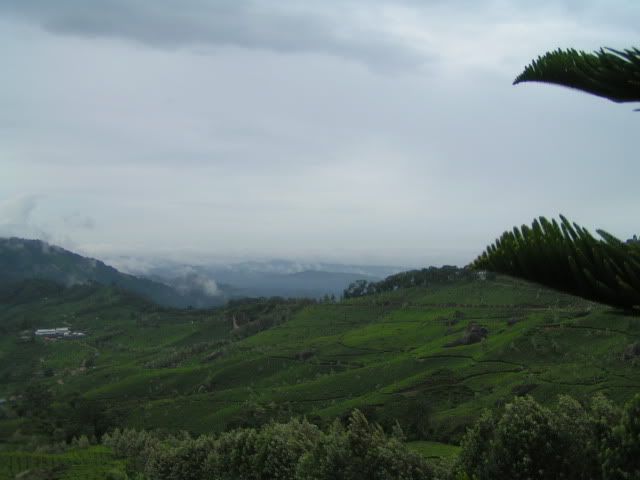Place : GOA
Best Time to visit : OCT to March
Air Port : GOA, frequent flights from mumbai, new delhi and bangaluru
Days to visit : minimum 5 days are needed to explorer this place.
Goa, is the smallest Indian state with a territory of 3,702 sq km. It is located in the Western Ghats.
A tropical paradise, it is bathed by the warm waters of the Arabian Sea. The culture of Goa is a blend of Indian and Iberian: European style central squares and Indian bazaars, Portuguese churches sharing their walls with Hindu temples.
My Experience : I have travelled Goa in month of Oct and I was lucky that there was rain only for one day in 6 days tour. I reached directly to hotel by taking cab[local car] in airport and it took around 45 minutes to reach my resort. I hired a scooter for travelling in goa and it was good experience but risky as I was travelling with my 2 year old daughter. We planned to visit different part of goa on 1 day. explored beaches and chapora fort and goaian food which ia mainly sea food. We were lucky to see one of the local festival which was some sort of dance festival. I drove scooter for around 300KM in 5 days visit and visited most of the places. last day i booked a car to visit Panji [Goa's capital].
Places to see in Goa:
Beaches of Goa
Beaches of Goa are much ahead of other beaches in India in terms of popularity and the facilities that are available here. The beaches here have been accepted as a matter of life, there are exotic cuisine backing the pleasure of have on sun and sand, and water sports facilities that include from water scooters to water gliding. To add on you can shake your legs for some time with a glass of fenny and beer, engaged in shopping on the beachside, or have midnight bonfire on the beach.
Churches
Goa, Jewel of India, is studded with temples and churches, which remain as silent but forceful witnesses to the intense religious history of the diverse people who lived here. Hence a pilgrimage to Goa is a unique experience.
Temple
Noroa River, the Arvalem Waterfall, and the Brahma Camandolu or Water Pot of Brahma - the creator, in the old Goa Hills are the main Hindu pilgrimage spots in Goa. One more sacred place is Sidhanath Mountain in Borim Village.
Link for details of place to visit in goa
http://www.goaholidayhomes.com/places-to-visit-in-goa.php






























